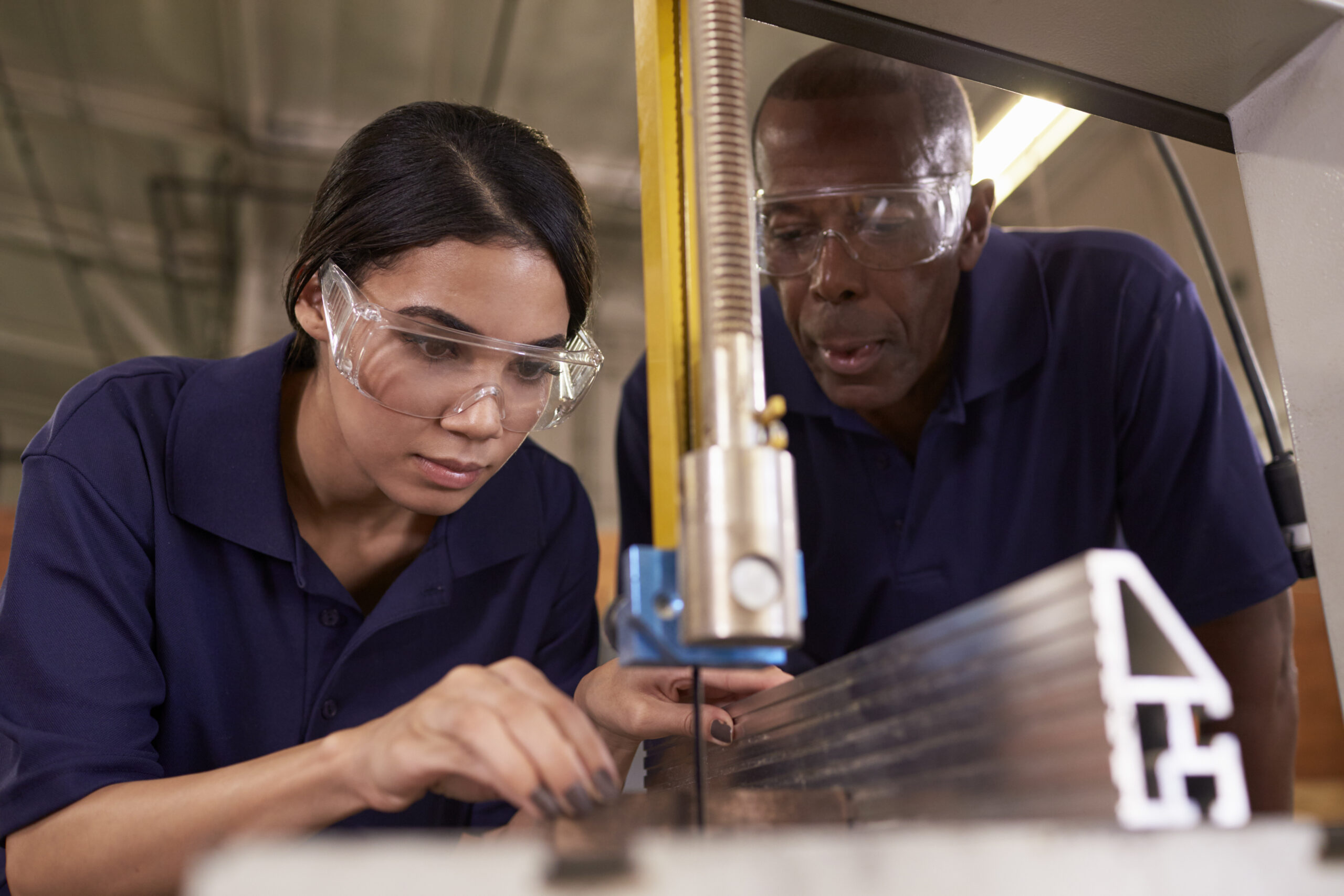Publications
Status of Women in the States: 2004
Women in the United States have achieved significant advances and are seeing important changes in their lives. Their access to political, economic, and social rights has improved greatly over the past 40 years. Nonetheless, they do not enjoy equality with men, and they lack [...]
The Status of Women in the States: 2002
Women in the United States have achieved great advances and are seeing important changes in their lives. Their access to political, economic, and social rights has improved greatly over the past 20 years. Nonetheless, they do not enjoy equality with men, and they lack [...]
Status of Women in the States: 2000
An inclusive report that can be used to compare women's progress in each state over time. It provides national maps, data, and rankings for all the 50 states and the District of Columbia for each two-year cycle. All key indicators in the core areas of political participation, employment and earnings, social and economic autonomy, health, and reproductive rights are included.
Status of Women in the States: 1998
This inclusive report can be used to compare women's progress in each state over time. It provides national maps, data, and rankings for all the 50 states and the District of Columbia for each two-year cycle. All key indicators in the core areas of political participation, employment and earnings, social and economic autonomy, and reproductive rights are included.
In Harm’s Way? Domestic Violence, AFDC Receipt and Welfare Program
Summarizes the results of a Massachusetts survey of 734 women receiving welfare and reveals these women experience substantial incidence of domestic violence. Based on the study by economist Randy Albelda, University of Massachusetts at Boston.













